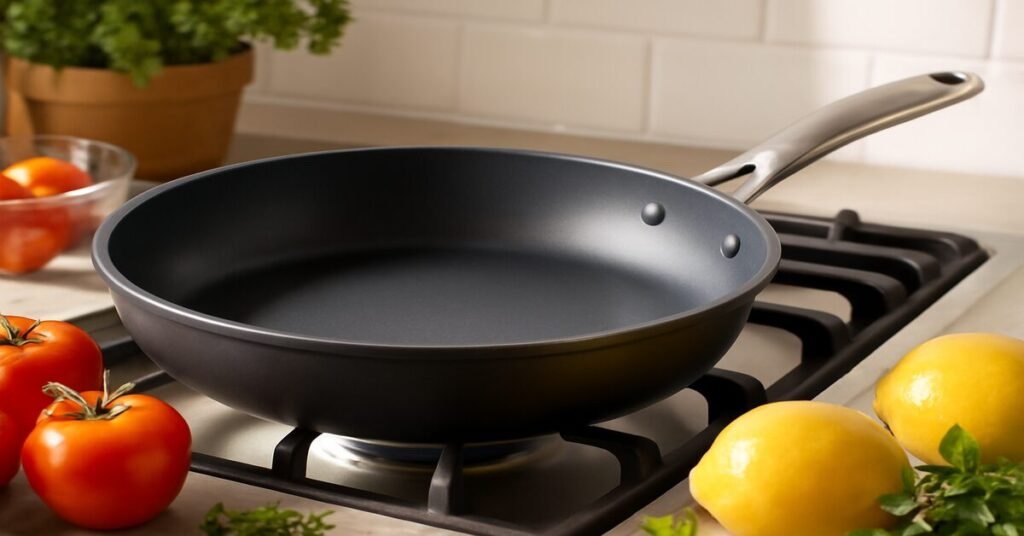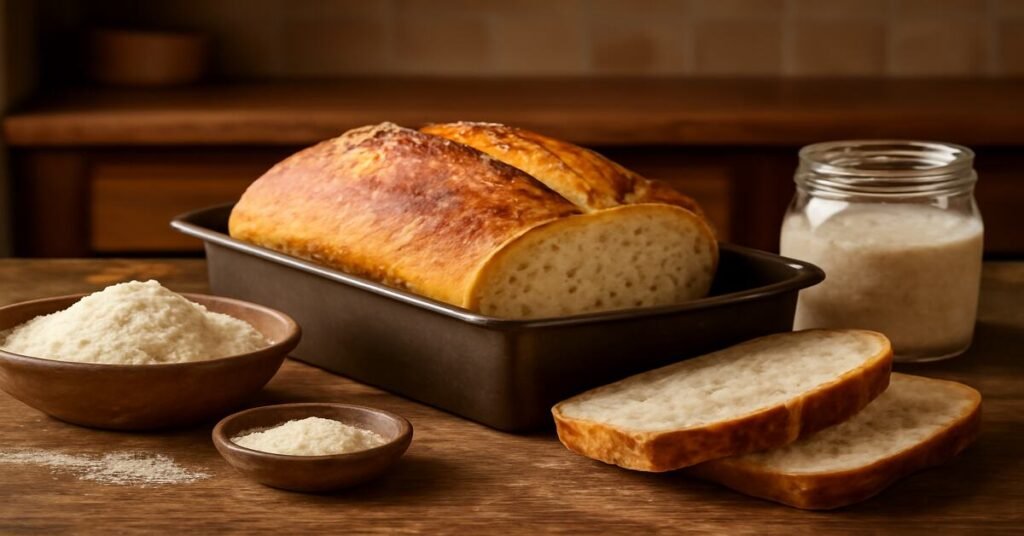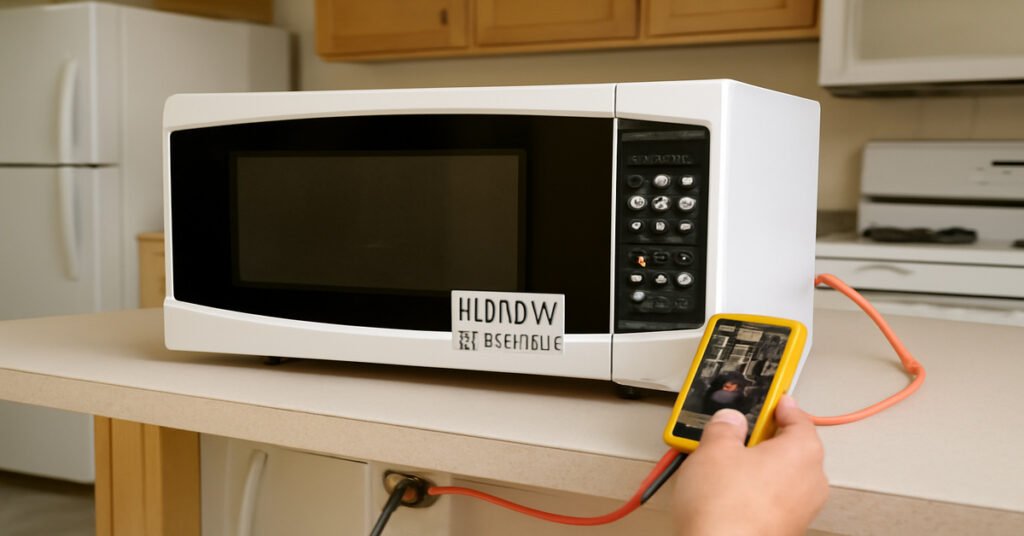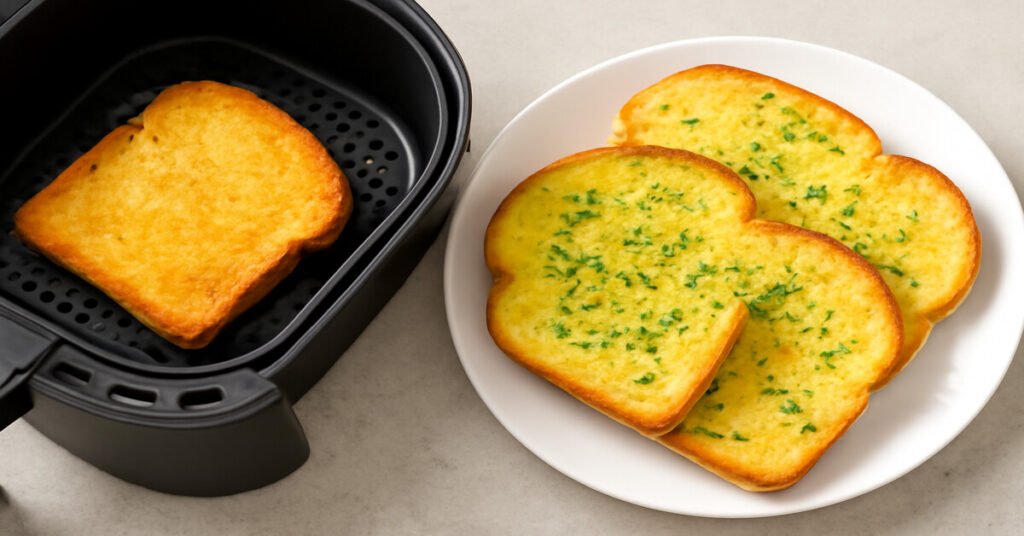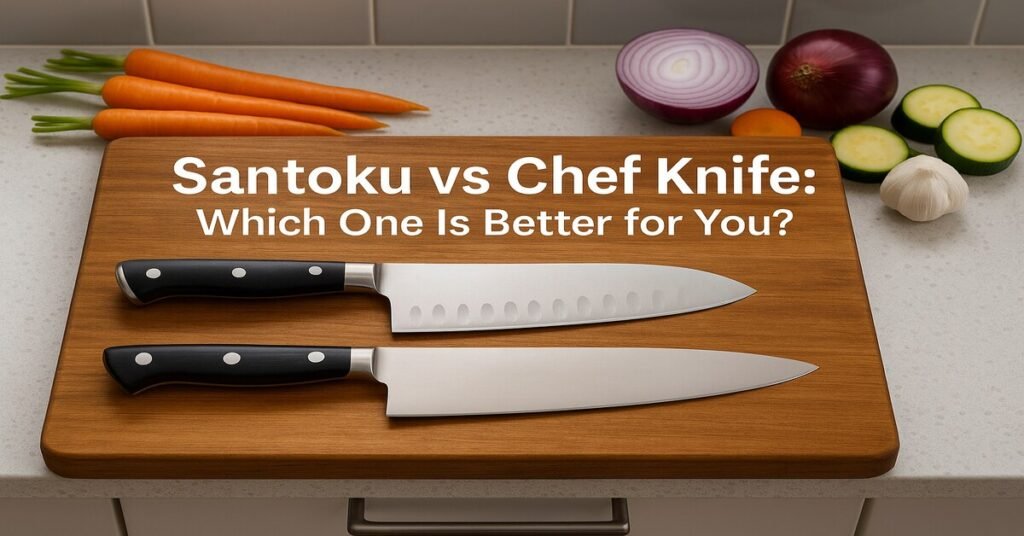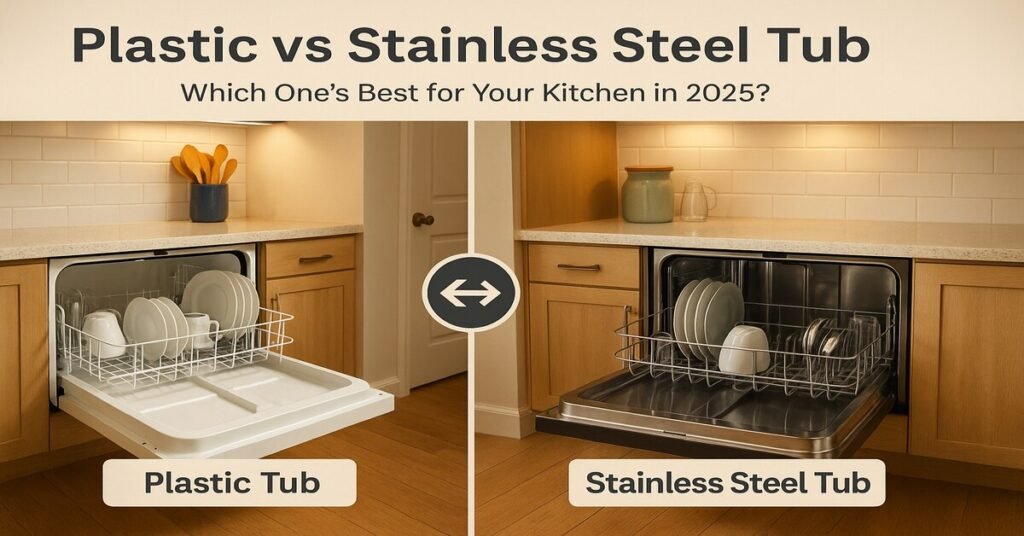My Honest Pizza Journey
I’ve always loved making pizza at home. But when I first began, I didn’t know if using a pizza pan vs pizza stone would really matter. Some days the crust turned soggy, other days it burned. Honestly, I thought maybe I just wasn’t good at baking pizza.
Then I started trying different tools. First, a simple pizza pan. Next, a heavy stone. And finally, a baking steel. Each one gave me a new result. The pan was easy but soft. The stone made it feel more restaurant-style. And the steel? That shocked me — it cooked fast and gave a super crispy crust.
In this article, I’ll share my honest experience with all three — pizza pan, pizza stone, and pizza steel. You’ll learn their pros, cons, and how they compare. By the end, you’ll know which one works best for beginners, casual bakers, and serious pizza lovers.
What is a Pizza Pan?
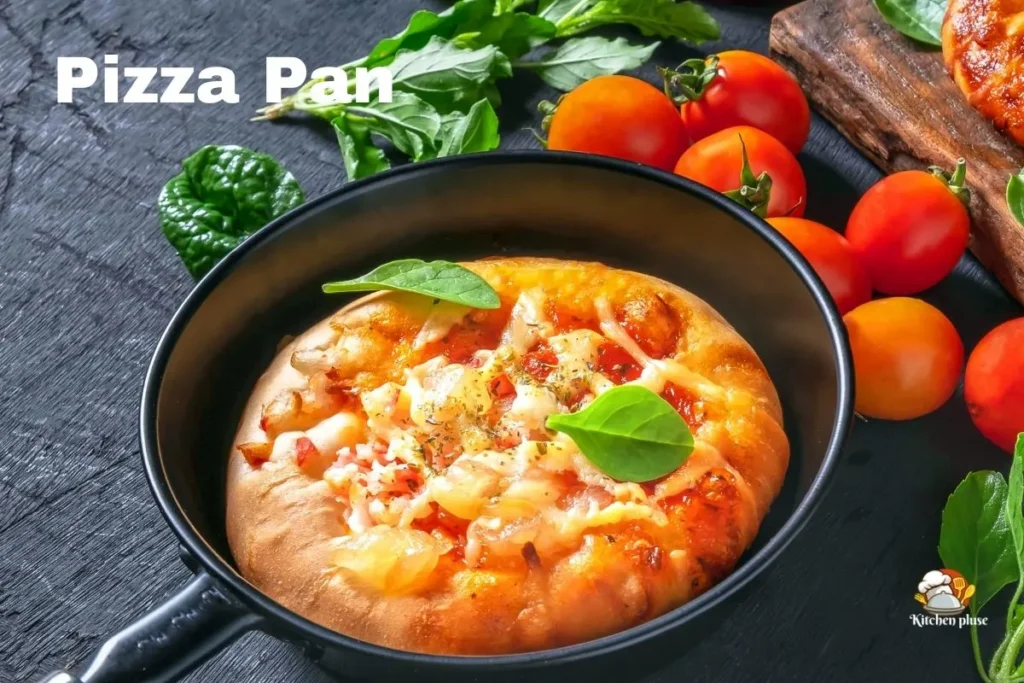
A pizza pan is the tool most people start with when making pizza at home. It’s simple, low-cost, and doesn’t take much effort. But not all pans are the same. Each type gives a slightly different result.
Types of Pizza Pans
1. Perforated Pizza Pan (Pizza Pan with Holes vs Without)
- With holes: Air circulates through the base, making the crust crispier.
- Without holes: Traps more moisture, leaving you with a softer, bread-like crust.
My take: For thin-crust pizza, I always choose a perforated pan. It keeps the bottom from turning soggy.
2. Non-stick Pizza Pan (Crisper Pizza Pan)
- Easy to release the pizza without sticking.
- Needs less oil, so clean-up is quick.
- Perfect for people who don’t want to scrub pans after baking.
3. Cast Iron Pizza Pan (Cast Iron Pizza Pan vs Stone)
- Heavy and holds heat for a long time.
- Creates a chewy, deep-flavored crust.
- Can even be used on a stovetop for quick reheating.
👉Pizza pans aren’t the only bakeware where shape makes a big difference. If you’ve ever wondered about other pans, take a look at my guide on Cake Pan vs Pie Pan: Which One Should You Use? 2025 — it shows how the right pan can completely change your baking results.
Pros & Cons of Pizza Pans
Pros:
- Low-cost and budget-friendly.
- Simple to use, even for beginners.
- Works in almost any oven.
Cons:
- Doesn’t store heat as well as stone or steel.
- The bottom crust may turn out softer.
Best Uses for Pizza Pans
- Best pizza pan for oven: Perforated pan — perfect for crispy crusts.
- Pizza pan for frozen pizza: Cast iron or non-stick pans — they heat evenly and handle frozen pizzas well.
👉And if you’re interested in exploring other bakeware choices beyond pizza, check out my guide on Muffin Tray vs Cupcake Tray: What’s the Real Difference? 2025.It’ll help you decide the right tools for all kinds of baking.
What is a Pizza Stone?
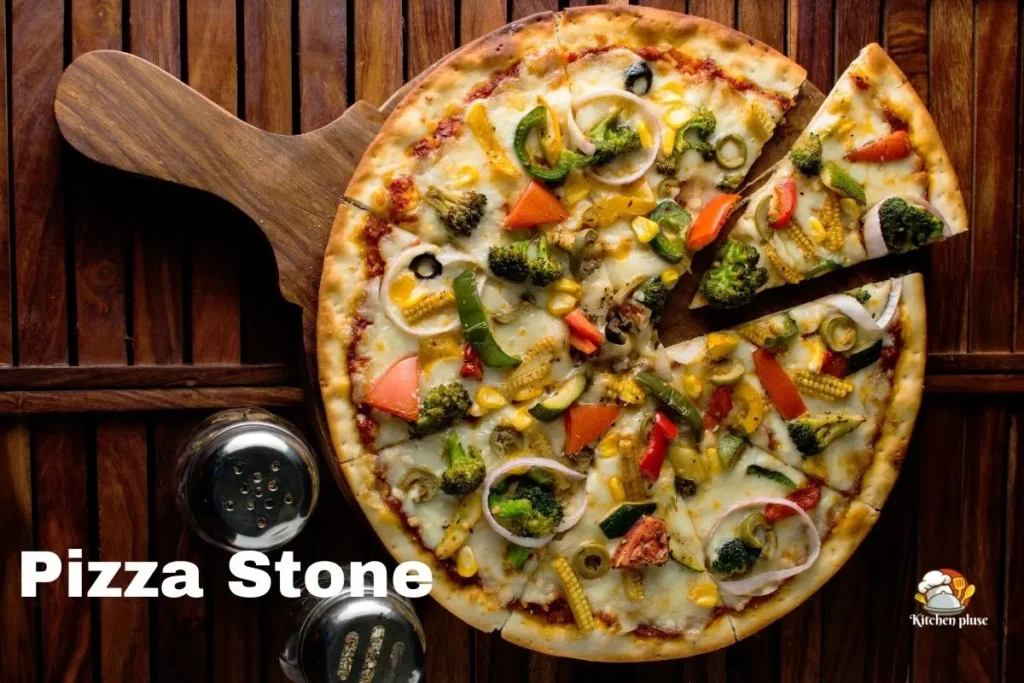
A pizza stone is the classic tool for homemade pizza lovers. It mimics the heat of a brick oven and helps you bake pizza with that authentic taste.
How a Pizza Stone Works (Heat Retention & Even Baking)
A pizza stone absorbs heat when preheated and then releases it evenly into the dough. This steady heat creates a golden, crispy crust that feels close to a wood-fired oven. Unlike a regular pan, it reduces hot spots and bakes the pizza base more evenly.
Materials: Ceramic, Cordierite, Clay
- Ceramic: Budget-friendly, good heat retention, but fragile if dropped.
- Cordierite: Stronger, durable, and can handle very high oven temperatures.
- Clay: Traditional choice that gives a rustic flavor but requires careful handling.
Pros & Cons of Pizza Stones
Pros:
- Makes a crispy, authentic crust.
- Retains heat well for even baking.
- Perfect for artisan-style pizza at home.
Cons:
- Can crack if not preheated correctly.
- Heavier and less beginner-friendly.
Substitutes for a Pizza Stone
If you don’t own a pizza stone, you still have options:
- Baking Steel → Retains more heat than stone and cooks faster.
- Cast Iron Pan → Versatile, durable, and easy to use.
- Preheated Baking Sheet → A simple substitute that still improves crust texture.
What is a Pizza Steel?
A pizza steel is a newer trend in home baking, but honestly, it blew my mind the first time I used one. Unlike a pan or stone, it transfers heat much faster and gives the crispiest crust I’ve ever had.
Pizza Steel vs Stone – Which is Better?
- Steel: Transfers heat quickly, cuts baking time, and creates an extra crispy crust.
- Stone: Retains heat longer, more forgiving, and usually lighter to handle.
If you want speed and crunch, go for steel. If you prefer a softer base and easier handling, a stone works fine.
Benefits of Pizza Steel
- Heats up fast → no long preheat time needed.
- Crispiest crust → ideal for thin-crust or New York–style pizza.
- Extremely durable → unlike stones, steel won’t crack or break.
- Versatile → can be used for bread, flatbreads, and reheating leftovers.
Why Chefs Prefer Steel
Most professional chefs use steel because:
- It handles restaurant-level heat with no problem.
- It can cook a pizza in 6–7 minutes at home, close to a pizzeria-style bake.
- It lasts a lifetime with minimal care — just season it like a cast iron pan.
👉 For an expert-reviewed comparison of pizza steels—including heat performance and durability—check out The 3 Best Pizza Steels of 2025, Tested & Reviewed (Serious Eats)
Pizza Pan vs Pizza Stone vs Steel – Side by Side Comparison
Choosing between a pizza pan, pizza stone, or pizza steel comes down to how much heat, crispiness, and durability you want. Here’s a quick side-by-side view:
Comparison Table
| Feature | Pizza Pan | Pizza Stone | Pizza Steel |
| Heat Conductivity | Low | Medium | High |
| Crust Texture | Softer | Crispy | Super Crispy |
| Durability | High | Fragile | Very High |
| Ease of Use | Easy | Medium | Medium |
| Price Range | 27$ | 34$ | 59$ |
Heat Conductivity (Pizza Stone vs Steel vs Pan)
Steel wins this round. It transfers heat the fastest, which means shorter cook times and crispier crusts.
Crispy vs Chewy Crust (Does a Pizza Stone Make a Difference?)
Yes — a stone definitely makes a difference compared to a pan. But steel pushes crispiness even further, giving that restaurant-style crunch.
Durability & Maintenance
- Steel: Lasts a lifetime with simple care.
- Pizza Pan: Reliable and durable.
- Stone: Can crack if handled or preheated wrong.
Price & Availability
- Pizza Pan → Cheapest and easiest to find.
- Pizza Stone → Mid-range, widely available.
- Pizza Steel → More expensive but long-lasting.
Ease of Use
For beginners, a pan is the easiest option. Stones and steels require preheating and practice but reward you with better results.
Pizza Pan with Holes vs Without – Which Makes Better Pizza?
Not all pizza pans bake the same. The main difference comes down to whether the pan has holes or not.
With Holes (Perforated Pan):
- Allows better airflow.
- Heat reaches the dough directly.
- Results in a crispier, evenly baked crust.
Without Holes (Solid Pan):
- Traps more moisture in the base.
- Crust turns out softer, almost bread-like.
- Works well if you like a chewy or thicker style pizza.
My recommendation: If you love thin-crust pizza, always go for a perforated pizza pan. It keeps the bottom crisp and avoids sogginess.
For a deeper look into how perforated pans impact airflow, check out this detailed article from Chef’s Resource: Why Do Pizza Pans Have Holes?
And if you want to explore more bakeware choices, I’ve also shared guides on Are Silicone Baking Mats Safe? Read Before You Bake and How to Use a Silicone Muffin Pan (No More Sticking!) 2025. Both show how the right surface and tools can make baking easier.
Pizza Stone vs Baking Sheet – The Everyday Alternative
Sometimes you don’t want to deal with heavy stones or steels. In that case, a simple baking sheet (cookie sheet) works as a practical alternative.
Baking Pizza Without a Stone
If you’re making pizza on a baking tray for your oven:
- Preheat the sheet before placing the dough.
- This helps the crust cook faster and avoids a soggy base.
- Works well for quick weeknight pizzas or when you don’t own a stone.
Even a plain cookie sheet can surprise you with how good the crust turns out.
Reheat & Convenience Tips
- Reheat pizza on a pizza stone if you have one → it prevents the crust from turning rubbery in the microwave.
- If you don’t have a stone, place leftovers on a baking sheet and reheat in a hot oven for a few minutes.
- This keeps the slice crisp without drying it out.
And if you’d like more expert tips on reheating pizza with a baking sheet or stone, check out this guide: I Asked 4 Chefs the Best Way to Reheat Pizza, and They All Swear By This Technique (Allrecipes)
Does a Pizza Stone Really Make a Difference?
When I first started making pizza at home, I honestly asked myself: “Is a pizza stone really worth it, or is it just hype?” After testing pans, stones, and steels side by side, I finally got the answer.
Why Use a Pizza Stone Instead of a Pan?
- Heat Absorption & Retention
A pizza stone soaks up heat like a sponge and holds it. When you place the dough, that stored heat kicks in immediately, creating a crisp bottom crust. A pan can’t do this — it heats up slower and loses heat quickly. - Moisture Control
Stones pull moisture out of the dough. That’s why your pizza doesn’t end up soggy in the middle. Pans, on the other hand, trap steam, which often makes the crust soft. - Even Baking
Unlike a thin metal pan, the stone spreads heat evenly across the pizza. That means fewer burnt spots and more of that golden, bakery-style finish.
My Personal Test Results
I baked the same dough in two ways:
- In a Pizza Pan: The crust was soft and bread-like. Good for thick, chewy pizzas, but lacked crunch.
- On a Pizza Stone: The crust had a crisp bottom, small air bubbles, and a flavor that felt close to wood-fired pizza.
👉 Honestly, once I tried the stone, I never went back for thin crusts.
Pros of Using a Pizza Stone
- Gives authentic, crispy crust like a brick oven.
- Great for artisan-style pizza.
- Works with frozen pizza too (if preheated properly).
Cons of Using a Pizza Stone
- Fragile: Can crack if dropped or heated wrong.
- Heavy: Not as beginner-friendly as a pan.
- Preheating required: Usually 30–45 minutes before use.
Mini Comparison: Pizza Pan vs Pizza Stone
| Feature | Pizza Pan | Pizza Stone |
| Heat Retention | Low | High |
| Moisture Control | Traps steam (soft crust) | Absorbs moisture (crispy) |
| Crust Style | Softer, bread-like | Crispy, authentic |
| Ease of Use | Beginner-friendly | Needs practice & care |
| Best For | Frozen/thick pizzas | Thin, artisan-style pizzas |
Best Option for Frozen Pizza at Home
I’ll be honest — I eat frozen pizza when I’m too tired to cook from scratch. And I’ve tested them on pans, stones, and steels to see which one works best. Here’s what I learned.
1. Pizza Pan for Frozen Pizza (Beginner-Friendly)
- Best Choice: Non-stick or cast iron pizza pans.
- Why: They heat evenly, don’t require preheating for long, and are easy to handle.
- Result: Even bake with a softer, bread-like crust.
👉 If you’re just starting out, this is the best pizza pan for frozen pizza.
2. Pizza Stone for Frozen Pizza (Crispy Upgrade)
- Preheat for at least 30–40 minutes.
- Place the frozen pizza directly on the stone.
- The stone pulls moisture out of the crust, giving it that extra crunch.
Downside: Longer preheat and risk of cracking if the pizza has ice crystals.
3. Pizza Steel for Frozen Pizza (Pro-Level Crisp)
- Heats up the fastest and reaches restaurant-style temperatures.
- Cooks frozen pizza in as little as 6–7 minutes.
- Crust comes out super crispy, almost like fresh dough.
Downside: Heavy, more expensive, and requires oven space.
But frozen meals aren’t just about pizza. If you love quick snacks, you can also try my guide on Frozen Garlic Bread in Air Fryer: Crispy, Easy Recipe in Minutes — it’s a lifesaver on busy nights
And since frozen foods often depend on appliance power, you might also find it useful to check my breakdown of How Many Amps Does a Microwave Use? (Wattage Chart Inside) to understand oven and microwave energy needs.
My Honest Recommendation
- For beginners & quick dinners: Use a non-stick or cast iron pan.
- For crispy lovers: Go with a stone.
- For the ultimate pro result: A steel will blow you away.
Final Verdict – My Honest Recommendation
After testing pizza pans, stones, and steels in my own kitchen, I can confidently say: there isn’t one “best” option — it depends on who you are and what kind of pizza you want.
Best for Beginners → Pizza Pan
- Why: Affordable, simple, and easy to use.
- Best Choice: Perforated pans for thin crust or non-stick pans for frozen pizza.
If you’re just starting your pizza journey, a pan is the no-stress option.
Best for Authentic Homemade Pizza → Pizza Stone
- Why: Mimics a brick oven with golden, crispy crust.
- Best Choice: Cordierite stones (strong, heat-resistant).
If you love artisan-style pizza with a true Italian vibe, go for the stone.
Best for Pros & Serious Pizza Lovers → Pizza Steel
- Why: Transfers heat faster than anything else.
- Best Choice: A baking steel that fits your oven size.
If you want restaurant-quality pizza at home in under 10 minutes, nothing beats steel.
My Honest Takeaway
- I started with a pan, and loved the convenience.
- I moved to a stone, and loved the crispy upgrade.
- But once I tried steel… It completely changed the game.
My recommendation: Start with a pan → upgrade to a stone → master the steel. That way, you’ll enjoy the whole pizza journey just like I did.
FAQs – Answering Your Common Pizza Questions
Is a pizza stone worth it?
Yes, if you love crispy, authentic crusts. A pizza stone absorbs heat and removes moisture from the dough, making your pizza taste closer to wood-fired style. For casual baking, a pan works fine, but for real texture — a stone is worth it.
Can you bake pizza without a stone?
Absolutely. You can use a baking sheet, cookie tray, or even a cast iron pan. Just preheat the tray before placing your dough. This helps mimic the effect of a stone and avoids soggy crusts.
What’s the best substitute for a pizza stone?
The best substitute is baking steel. It heats faster, lasts longer, and gives an even crispier crust. If you don’t have steel, a preheated heavy baking sheet also works well.
What is a baking stone made of?
Most baking stones are made of ceramic, cordierite, or clay.
- Ceramic: Affordable, but fragile.
- Cordierite: Strong, heat-resistant, best for frequent use.
- Clay: Traditional, gives great flavor but needs care.
How do you use a stone pizza pan?
- Place the stone in a cold oven and preheat it for 30–45 minutes.
- Slide the pizza onto the hot stone using a pizza peel.
- Bake until the crust turns golden and crispy.
Tip: Never wash a hot stone with cold water — it may crack.
Can you use parchment paper on a pizza stone?
Yes, you can. It prevents sticking and makes cleanup easier. But avoid using parchment at very high heat (above 450°F) as it may burn.
Pizza pan vs pizza stone – which is healthier?
Both are safe to use. The difference is in texture, not health. A pizza stone may need less oil since it crisps naturally, while pans often need oil or non-stick spray.

